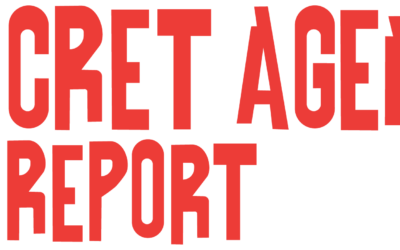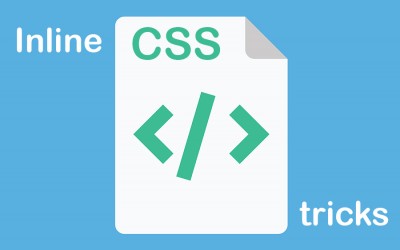HSTS – Unraveling HTTP Strict Transport Security: A Key to Secure Web Browsing
In our digital era where the World Wide Web plays a pivotal role in our daily lives, data security is of utmost importance. We've all heard of HTTPS and its contribution to secure web browsing. Yet, alongside HTTPS stands another unsung hero in internet security: HTTP...
CVSS – Understanding the Common Vulnerability Scoring System: A Vital Tool for Cybersecurity
The world of cybersecurity is vast, complex, and constantly evolving. For organizations navigating this challenging landscape, the Common Vulnerability Scoring System (CVSS) serves as a reliable compass. This open industry standard is designed for assessing the...
Protecting Your WordPress Website from Cyber Threats with HTTP Security Headers
In today's digital age, website security is of utmost importance. As more and more sensitive information is being shared online, it has become essential to safeguard user data against potential cyber threats. One way to enhance website security is through the use of...
6 Tips for Creating Secure Passwords for Your WordPress Website
Introduction The importance of strong passwords in securing a WordPress website cannot be overstated. Hackers and cybercriminals are constantly trying to find ways to access websites and steal sensitive information, and weak passwords are one of the easiest targets....
Are you a Noisy Neighbor?
Hint, it's not what you think it is! What is a Noisy Neighbor? In a shared hosting environment (this is the most commonly used hosting solution), limits are set on the number of resources a single website may use. These limits are somewhat elastic - within reason....
Your WordPress Website is NOT Secure!
There seems to be a general complacency surrounding website security and it almost certainly stems from the idea that hackers are not interested in your website. Unfortunately, this couldn't be further from the truth. >> Can't be bothered to read this? Jump...
PHP 8: What WordPress Users Need to Know
PHP 8.0 is set to be released on November 26, 2020. As the programming language powering WordPress sites, PHP’s latest version offers new features that developers will find useful and improvements that promise to greatly enhance security and performance in the long...
How much does it cost to build a website?
"How much does it cost to build a website?" This is often the first question a new client asks. The answer is "Less than you think!" and we have solutions to fit all budgets! Asking "How much does it cost to build a website?" is a perfectly fair question. Building a...
How Old Is Your Website?
(In Google Years)
According to Moore's Law, a principle upheld by INTEL, the number of transistors that can fit on a silicon chip doubles every 2 years. If this axiom is true for microprocessors, it's doubly true for software and websites. Software is advancing at an alarming rate and...
Secret Agent Report
In this report: Updates from our friends at WordPress and WooCommerce plus Safe computing at home While we are all 'sheltered in place', it seems like a good time to share some of the things I've learned during my adventures in marketing. I've worked out of the Ft....
E2Marketing – Small Business Engagement in a Nutshell
Our Elevator Pitch “Do you know how complicated it is for a small company to develop and maintain an online marketing presence without becoming overwhelmed by the cost and complexity? What we do is build online Marketing Machines that allow our customers to take...
Inline CSS tips to trick out your WordPress posts
If you’ve built even the simplest WordPress website, You’ve probably come across a scenario where you or your client would like to alter the appearance of elements on the site. Styling is done using CSS code (Cascading Style Sheet). When the website visitors browser reads a style sheet, it formats the post according to the information in the style sheet. Depending on what you’re changing, there are a number of ways to accomplish this. In most cases you’d be working with a child theme and that will allow you to update the child theme’s CSS file with the new or modified CSS code.











